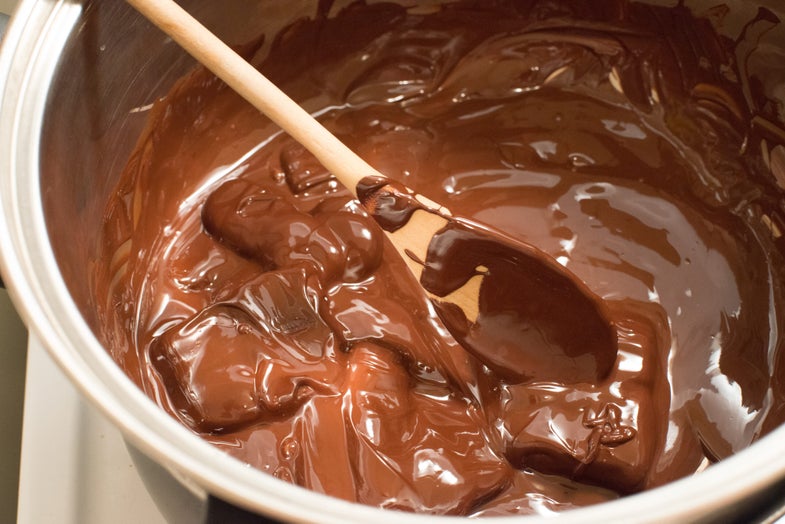Melting Chocolate? There’s A Gene For that
The sweet side of genetics

Whether it’s melted down for use in baking, coating strawberries, or simply held a little too long in the palm of your hand, everyone knows that heat plays a central role in making chocolate gooey. That’s still true, but it turns out that genetics has some say in the process as well.
In a new study published in Frontiers in Plant Science, researchers at Penn State found a gene that controls the point at which cacao butter melts. The finding could help scientists breed or genetically modify plants to produce seeds with cacao butter that melts only when conditions are just right.
Cacao butter is a lipid, a kind of fat extracted from the seeds of a cacao plant. Typically it melts at around the temperature of the human body but, eyeing warm weather markets, chocolate companies have been searching for a way to make chocolate bars that won’t melt if you leave them in a hot car.
“The ‘snap’ and ‘melt’ of chocolate are two very important textural features that determine the appeal of chocolate to consumers, and having new varieties of the cocoa plant that produce butter with different melting points would be a valuable resource to control those characteristics,” says lead scientist Mark Guiltinan.